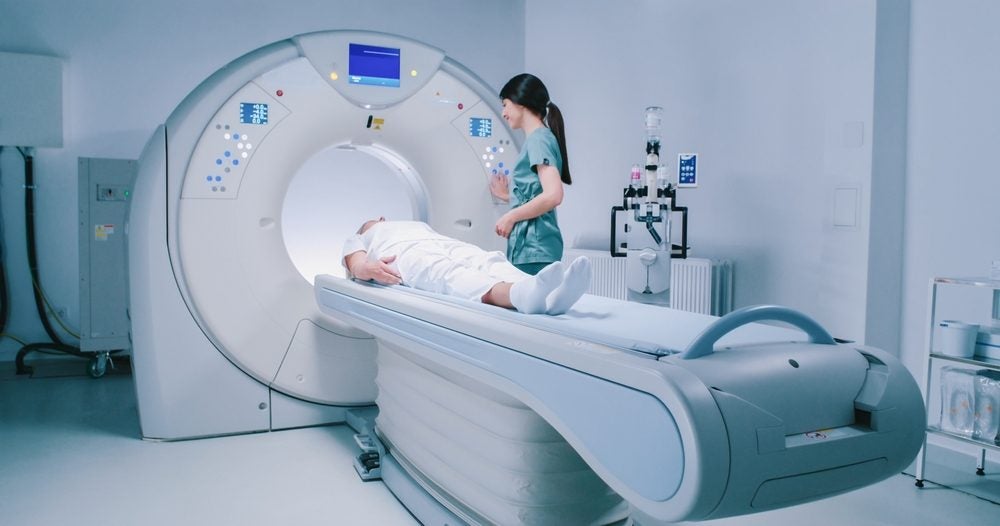GE Healthcare has teamed up with the University of California San Diego School of Medicine (UCSD) to explore advanced magnetic resonance imaging (MRI) techniques for female pelvic diseases and create comprehensive educational resources for clinicians.
According to GE Healthcare, the project aims to increase access to advanced imaging techniques for clinicians to help drive improved diagnosis and management of female pelvic diseases and conditions such as endometriosis and ovarian cancer.
Endometriosis is a chronic medical condition where tissue similar to the lining of the uterus grows outside of the uterus, often on the ovaries, fallopian tubes, and surrounding pelvic organs. This misplaced tissue behaves such as normal lining, leading to inflammation, pain, scar tissue formation, and sometimes fertility issues.
It is typically diagnosed through a combination of patient history, physical exams, and imaging tests such as MRIs. It often takes a long time to diagnose endometriosis due to the complexity of its symptoms, which are frequently mistaken for other conditions. This can lead to delays in diagnosis and treatment.
At the HLTH Europe 2024 conference in Amsterdam, industry experts highlighted the large opportunity for diagnostic innovation in women’s health, with studies showing that women are diagnosed later than men for more than 700 diseases.
However, more companies are jumping into the femtech space, a market which has the potential to boost the global economy by $1tn, as per the McKinsey Health Institute & WEF report published earlier this year.
In February 2024, Roche Diagnostics secured a CE mark for Elecsys anti-müllerian hormone (AMH) plus immunoassay as a diagnostic blood test for polycystic ovary syndrome (PCOS), a chronic condition that can cause hormonal imbalances, irregular periods, infertility, excess androgen levels and cysts in the ovaries in women.
Elsewhere in the diagnostics space, researchers at the Massachusetts Institute of Technology (MIT) developed an ultrasound breast patch that can be worn underneath a normal bra. The patch is intended for use in conjunction with standard mammogram screening, however, it can offer women who are at higher risk of developing breast cancer an option to screen themselves more frequently.
GE Healthcare’s global vice president of research and scientific affairs Erin Angel said: “Diseases and conditions impacting female patients below the belly button are often misdiagnosed, misunderstood, and understudied in our industry.
“We are optimistic that the results of the project could support more standard adoption of advanced imaging techniques and ultimately empower clinicians to make more informed decisions. We believe this project can help bridge an important gap in women’s healthcare and increase access of innovative solutions for women around the world.”









